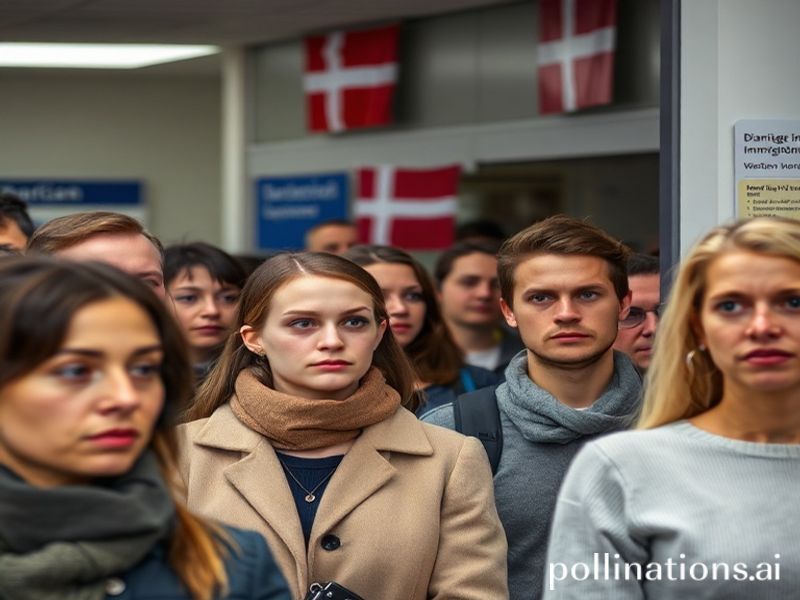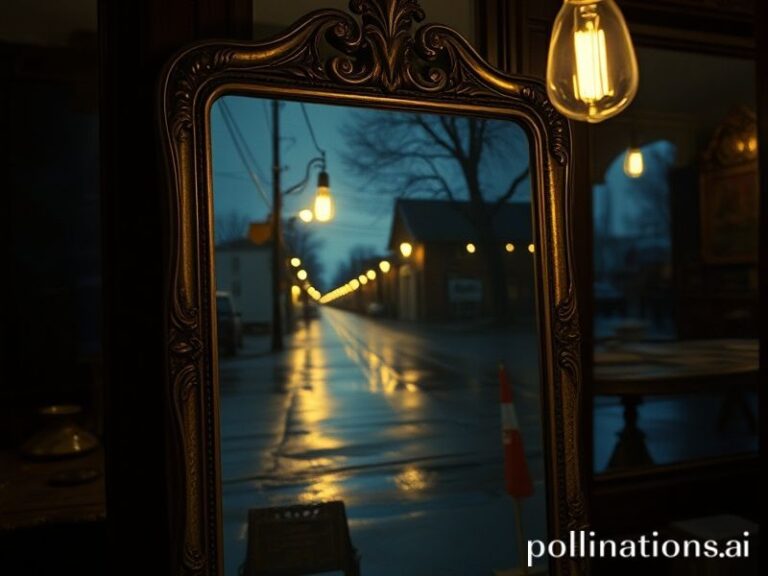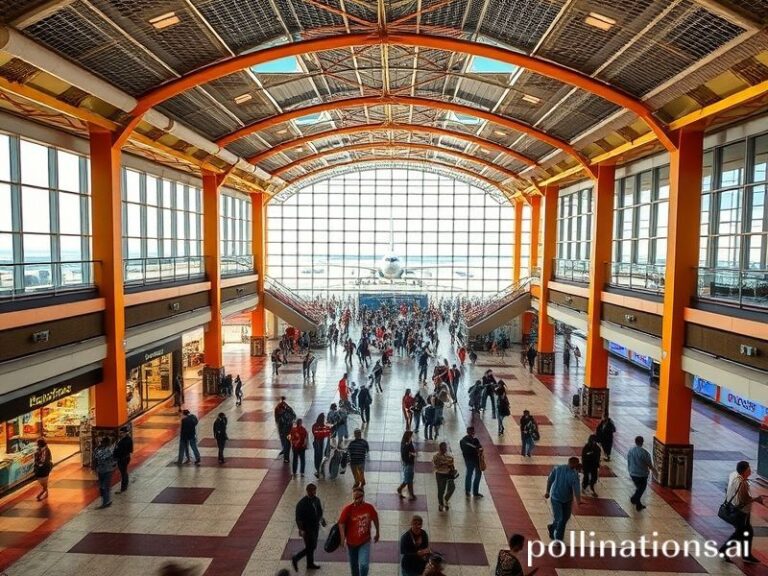danish immigration system
# **Denmark’s Immigration System: The Hygge of Borders?**
In the grand theater of global immigration debates, Denmark has stepped into the spotlight, and not just because of its knack for designing furniture that’s both stylish and uncomfortable to sit on for long periods. The Danish immigration system has been trending globally, sparking conversations, memes, and even a few heated debates in the comment sections of obscure Facebook groups. But why is everyone suddenly so obsessed with how Denmark handles immigration? Let’s dive in, because this is more fascinating than a Danish crime drama where everyone speaks in hushed tones and wears a lot of black.
### **The Cultural Context: Hygge Meets Immigration**
Denmark is often praised for its high quality of life, social welfare, and that elusive concept of *hygge*—a cozy, contented feeling that makes you want to curl up with a blanket, a candle, and a book about Scandinavian crime. But when it comes to immigration, Denmark has a reputation for being a bit more… *strict*. The country has implemented policies that prioritize integration, language proficiency, and economic self-sufficiency. In other words, Denmark isn’t just handing out free pastries and saying, “Welcome, come live in our cozy little utopia.” No, they’re more like, “Welcome, but first, prove you can speak Danish and won’t rely on our social welfare system.”
This approach has sparked global interest because it contrasts sharply with the more open-door policies of some other European nations. While countries like Germany and Sweden have grappled with the challenges of rapid immigration, Denmark has been seen as a case study in balancing compassion with pragmatism. And let’s be honest, in an era where immigration policies are often framed as either “too harsh” or “too lenient,” Denmark’s middle-ground approach is intriguing.
### **The Social Impact: A Model or a Cautionary Tale?**
Denmark’s immigration system has had a significant social impact, both within the country and beyond. On the one hand, critics argue that the policies are too restrictive and could lead to exclusion or even discrimination. On the other hand, supporters point to Denmark’s relatively low unemployment rates and high levels of social cohesion as evidence that the system works.
The debate has also spilled over into global discourse, with some countries looking to Denmark as a model for their own immigration policies. Meanwhile, others see it as a cautionary tale about the dangers of prioritizing integration over inclusivity. And let’s not forget the memes—because nothing brings people together like a good, heated debate about immigration policies, complete with sarcastic GIFs and poorly photoshopped images of Danish flags.
### **Why This Topic Matters**
So why should you care about Denmark’s immigration system? Well, for starters, it’s a fascinating case study in how a country can balance its values with practical realities. In an increasingly globalized world, immigration policies matter more than ever, and Denmark’s approach offers a unique perspective. Plus, it’s always fun to see how different cultures handle complex issues—especially when those cultures are known for their knack for design, bicycles, and crime dramas.
But beyond the cultural intrigue, this topic matters because it speaks to broader questions about identity, belonging, and the role of government in shaping society. Denmark’s policies reflect a deep commitment to maintaining its social welfare system while also welcoming newcomers—albeit on its own terms. And in an era where immigration is often framed as a zero-sum game, Denmark’s approach offers a refreshing alternative.
### **Conclusion: The Hygge of Borders**
In the end, Denmark’s immigration system is trending globally because it challenges us to think differently about how we welcome—and integrate—newcomers. It’s a reminder that there’s no one-size-fits-all solution to immigration, and that every country must find its own balance between openness and pragmatism. And who knows? Maybe the key to a successful immigration policy is a little bit of *hygge*—a cozy, contented feeling that comes from knowing you’ve found a place where you belong.
So the next time you see a meme about Denmark’s immigration system, take a moment to appreciate the deeper questions it raises. And if you’re feeling particularly inspired, maybe even curl up with a blanket, a candle, and a book about Scandinavian crime. Just don’t sit too long—those Danish chairs are *not* designed for comfort.
—
**—METADATA—**
“`json
{
“title”: “Denmark’s Immigration System: The Hygge of Borders? A Global Debate”,
“categories”: [“Trending”, “International”],
“tags”: [“Trending Now”, “Global News”, “Immigration”, “Denmark”, “Social Policy”],
“imageDescription”: “A cozy Danish street scene with bicycles, pastries, and a diverse group of people interacting, set against the backdrop of a modern city with a hint of Scandinavian architecture. The mood is warm and inviting, with a touch of intrigue.”
}
“`







